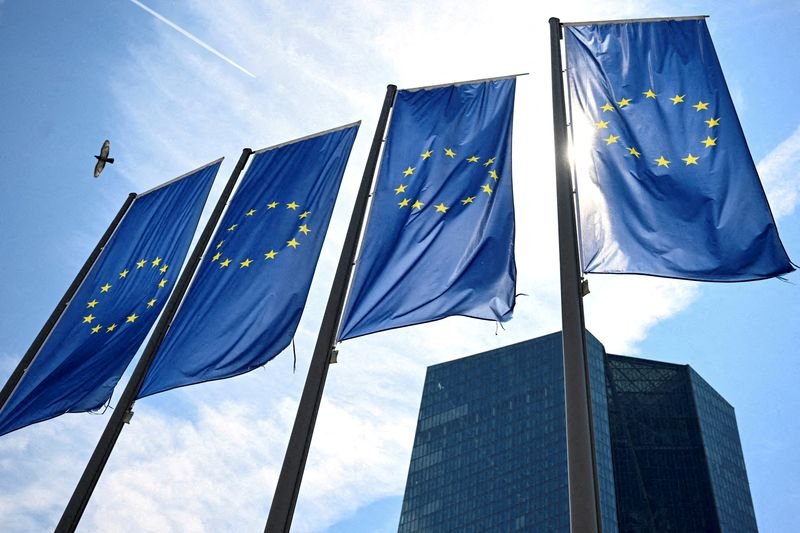European Central Bank Maintains Interest Rates Amid Economic Uncertainty
The European Central Bank (ECB) has decided to keep interest rates unchanged amidst ongoing economic challenges and geopolitical tensions. This decision comes as the European Union (EU) races to finalize a trade agreement with the United States before the month’s end.
ECB’s Recent Rate Adjustments
In recent months, the ECB has actively reshaped its monetary policy, lowering its key deposit rate from 3% in January to 2% by June, totaling four rate cuts this year. This follows a reduction from a historic high of 4% last year. The ECB maintains that the economic landscape is exceptionally unpredictable, largely due to ongoing trade conflicts. However, the bank continues to support its previous inflation and growth projections based on recent data.
Inflation Targets and Trade Relations
Though annual inflation in the eurozone hit the ECB’s target of 2% last month, market participants widely anticipated that the central bank would pause its rate reductions in July. The uncertainty surrounding trade relationships is significant, especially as the U.S. stands as the EU’s largest trading partner. In 2022 alone, the EU exported approximately 503 billion euros (around $590 billion) in goods to the U.S.
As the situation stands, tariffs are looming over this trade relationship, with a baseline rate of 15% on EU imports to the U.S. being a potential outcome, along with retaliatory measures from the EU.
ECB’s Inflation Strategy
ECB officials have indicated that their efforts to lower inflation are approaching completion, with a focus on identifying the "neutral" interest rate, where growth is neither hampered nor overly stimulated. Chief Economist Philip Lane mentioned recently that while the previous cycle of inflation control is nearly finished, the ECB remains vigilant regarding any shifts in the medium-term economic outlook.
Economic Growth Prospects
In a press briefing following the interest rate decision, ECB President Christine Lagarde stated that the eurozone’s economy performed more robustly than initially expected during the first quarter. This improved performance can be credited partly to a surge in exports before anticipated tariff increases, alongside increased private consumption and investment. Other contributing factors include higher real incomes and more accessible financing conditions.
However, Lagarde cautioned that growth risks are skewed downward due to potential escalations in trade disputes, which could negatively impact exports, investments, and consumer sentiment. Conversely, resolving trade tensions swiftly, coupled with increased European defense and infrastructure spending, could lead to better-than-expected growth in the upcoming months.
Monitoring Currency Fluctuations
Investors are particularly focused on the ECB’s stance regarding the recent rise in the euro’s value, which could have a deflationary impact as imports become less expensive. Lagarde emphasized that a stronger euro might lead to inflation declining more than anticipated, especially if higher global tariffs affect prices. The ECB is also aware of the possibility that fragmented supply chains could create domestic economic constraints and raise global prices.
Future Monetary Policy Options
Following the recent ECB announcement, the euro experienced fluctuations, trading approximately 0.15% lower against the U.S. dollar. At the time, the exchange rate hovered around $1.175, a rise from about $1.026 at the beginning of the year. This change reflects a broader market shift away from the dollar due to political and economic uncertainties in the U.S.
Experts remain divided on whether additional rate cuts will occur later this year. Joe Nellis, an economic advisor, stated that a possible cut could take place if U.S. tariffs of 30% on EU goods come into play, suggesting the ECB might respond in September to mitigate the negative impacts of increased tariffs on economic growth.
Mark Wall, the chief European economist at Deutsche Bank, added that the ECB is keeping all scenarios in mind, including the potential for rate hikes if trade tensions calm. He pointed out that the combination of a resilient economy and significant fiscal easing could lead to inflation pressures, prompting a shift in market focus from cuts to possible increases in interest rates.
As the EU navigates these complex economic and trade landscapes, the ECB’s next steps will be critically observed by stakeholders across the globe.
